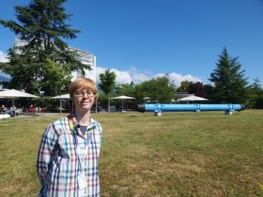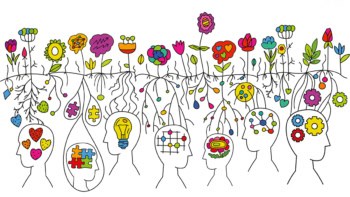
Physics has one of the largest gender gaps in science, technology, engineering, mathematics and medicine (STEMM) according to an analysis of more than 36 million authors of academic papers over the last two decades (PLoS Biol 16(4) e2004956). The study, carried out by researchers at the University of Melbourne in Australia, says that at current rates it will be more than two centuries until there are equal numbers of senior male and female researchers in physics.
While the proportion of women in most STEMM fields is increasing, Luke Holman and his colleagues used computational methods to estimate the speed of change. They did this by estimating the gender of 36.6 million authors on 9.7 million papers the databases PubMed and arXiv. In the latter, for example, the researchers say they were able to estimate – with 95% confidence – the gender of 1.18 million authors from 538,688 preprint published since 1991.
If we want to see 50% of physicists being women sooner we need to implement new initiatives to do this – over and above any currently-running initiatives
Luke Holman, University of Melbourne
Of the 115 scientific disciplines examined, 87, including physics, had fewer than 45% female authors. Around 13% of last authors in physics were women – a figure that is currently increasing at a rate of just 0.1% per year. The researchers say that as last author is usually associated with seniority, based on this data, their model predicts that it will be 258 years before the gender ratio of senior physicists comes within 5% of parity. “It’s almost the most male-biased STEMM discipline that we have data for,” Holman told Physics World.
Evidence-based interventions
The researchers also highlight computer science, maths and surgery as field with gender gaps that are likely to persist for generations. They conclude that further reforms in education, mentoring and academic publishing, beyond current initiatives, will be needed to close the STEMM gender gap. “If we want to see 50% of physicists being women sooner we need to implement new initiatives to do this – over and above any currently-running initiatives,” adds Holman.

Female academics do more admin than their male colleagues
The authors acknowledge, however, that the lack of a consistent style for authors’ names in arXiv, with many only providing initials, could have affected the quality of the analysis. Patricia Rankin, chair of the American Physical Society’s committee on the status of women in physics, also cautioned against assuming that the last author on a paper is the most senior. “The meaning of paper order can vary from field to field, in high-energy physics, for example, its often just alphabetical,” she says. “The 258 years to parity also assumes no change in the current conditions but I think we are getting much more focused on understanding why the participation of women in physics is low – and in designing evidence-based interventions.”



